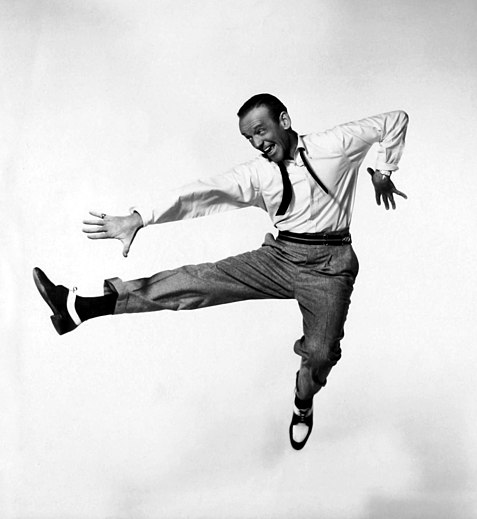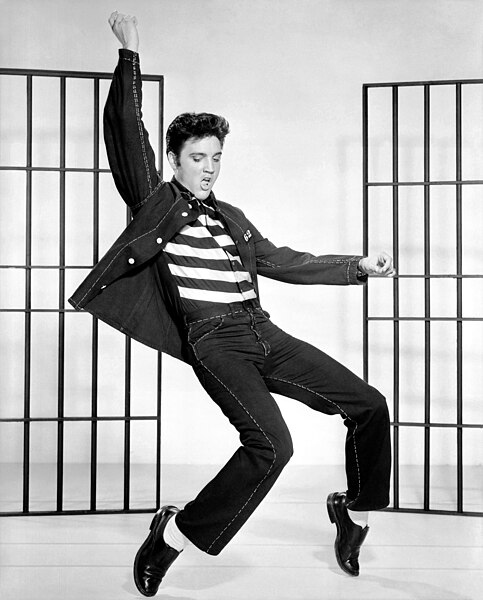Those who wrote anonymous negative reviews placed upon the YELP online review site are no longer protected from being identified,
rules a Virginia appellate court in Hadeed Carpet Cleaning, Inc., v. John Doe #1, et al. (Read the complete opinion below.)
Precedent-Setting Case: Anonymous Reviewers Must Be Identified by Yelp.com
The
Virginia Court of Appeals has set precedent in a case where the owner of a carpet cleaning company, Joe Hadeed, sued Yelp and seven John Does (anonymous reviewers) because Mr. Hadeed believes that seven (7) anonymous reviews placed on Yelp.com about his company, Hadeed Carpet Cleaning, Inc., have hurt his business.
Hadeed wants Yelp to reveal the identities of the seven anonymous reviewers, in order to enable him to prove that they were not customers of his business and therefore had placed reviews on the online review site that were false, defamatory, and illegal.
Yelp, represented by Public Citizen, argued that the anonymity of the seven reviewers is protected by the First Amendment and that their names should remain secret. Yelp argued that before identities are revealed, the court must determine if the plaintiff’s claim of defamation is viable.
This argument failed at trial and the appellate court has now confirmed that these anonymous bad reviews aren’t going to receive constitutional protection.
The Virginia appeals court found that the trial court judge did not abuse his discretion by holding Yelp in civil contempt for failing to comply with a subpoena duces tecum served upon it by Hadeed. Yelp must provide the identities behind the seven bad reviews to Hadeed.
The anonymous reviews, which claimed that Hadeed Carpet Cleaning was guilty of false advertising in its offers of low prices for carpet cleaning, were consumer reviews that would violate Yelp’s Terms of Service if they were written by people who were not actual customers of Hadeed Carpet Cleaning.
What the Hadeed Carpet Cleaning Case Against YELP Means To You
This Virginia case may change how online reviews for goods and services are treated not only in Virginia but in other states around the country. By requiring Yelp to reveal the names of the seven anonymous reviewers, bad reviews left online are not as safe from the writers having their identities revealed as in times past. (Note: we don’t know if there are really seven different people here. This could boil down to one person who has posted online using seven different IP addresses from different devices.)
1. Anonymous Reviewers Aren’t As Safe From Revelation
Anonymous reviews left on YELP or other review sites may not be protected if their anonymity is legally challenged. This means anyone writing a negative review online should be aware that if they don’t want to leave their name as a reviewer, it doesn’t mean that they won’t be identified in the future.
Anonymous isn’t as anonymous anymore.
Critics argue that this ruling may discourage people from leaving valid criticism of bad service with online review sites. Others argue that trial judges are going to be making the privacy decisions here, and legitimate, honest negative reviews aren’t the target here. It’s fake bad reviews left behind the mask of the name “Anonymous” that judges will allow to be disclosed.
2. Businesses Victimized By Bad Reviews Have Increased Ability to Fight Back
Bad reviews that are real are one thing. Bad reviews that are fake, and placed on a review site with the intent to hurt and harm a business, are another. This case may help companies, including law firms, protect themselves in the future from the real harm that can come from fraudulent online negative reviews.
Update: The Atlantic reports that Yelp will be appealling to the Virginia Supreme Court. Stay tuned.
Read the Virginia Opinion here:








